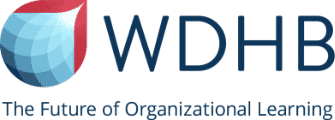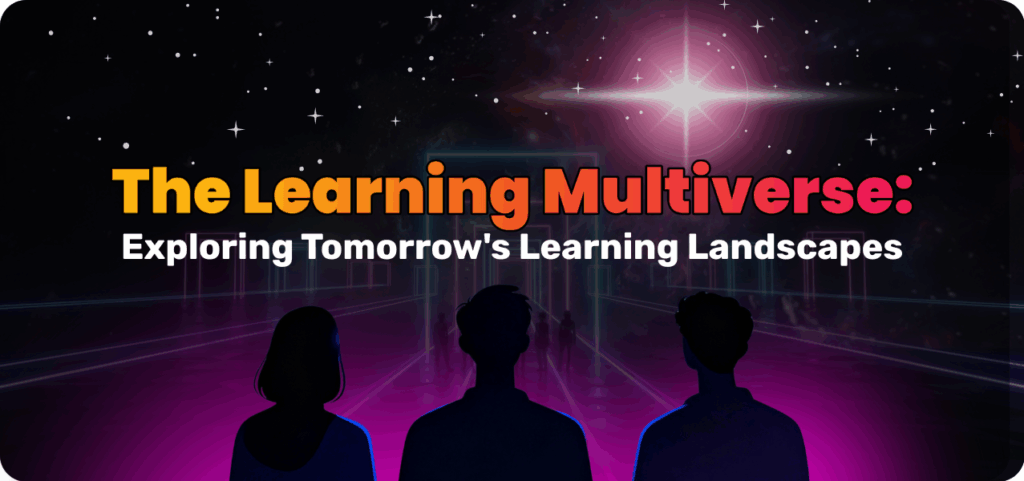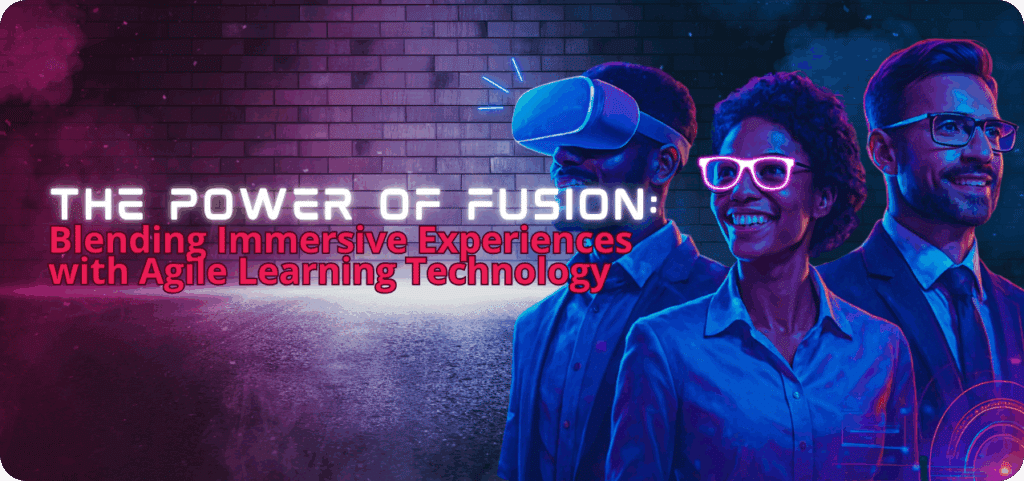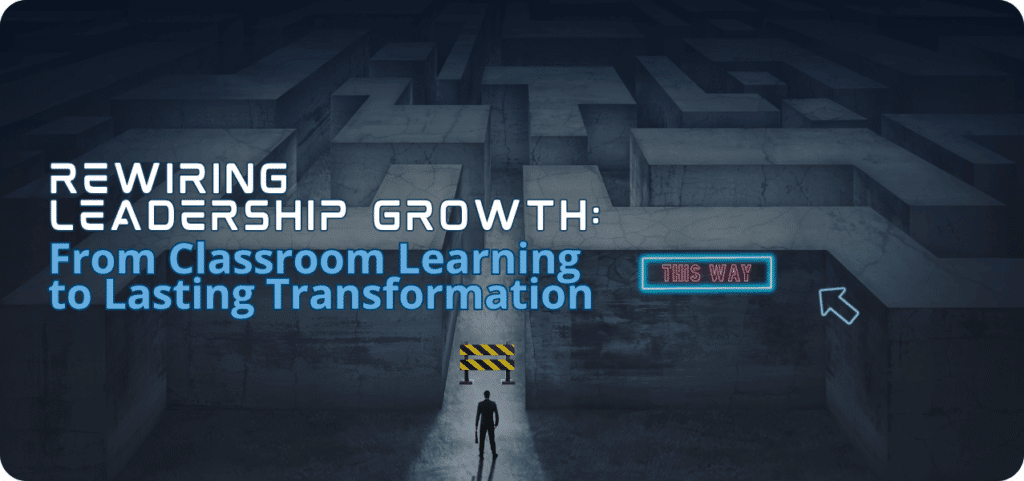The Underground AI Economy: A Wake-Up Call for L&D
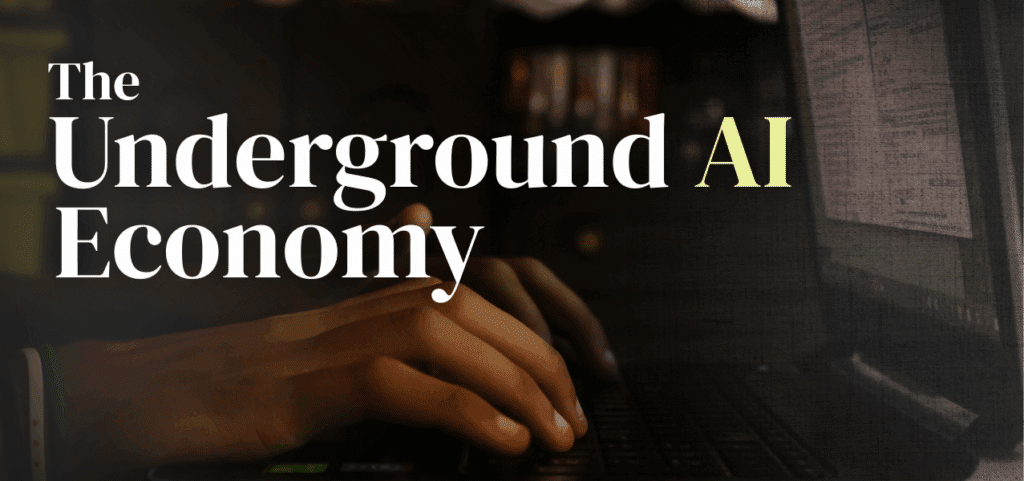
In the corporate sphere, Artificial Intelligence is already universally adopted, regardless of industry, role, and even whether or not management knows it. But how can L&D leaders turn this often confidential practice into an business asset that transforms their organizations?
1. The Quiet Rise of Shadow AI
A recent global study by KPMG and the University of Melbourne, covering more than 48,000 people across 47 countries, revealed a striking fact: almost half of employees worldwide now use AI tools at work without telling their managers. Many even pay for these tools out of pocket.
The press has called this phenomenon the shadow AI economy — a parallel layer of productivity that lives outside official systems. At first glance, it looks like a compliance issue: employees bending the rules, raising questions about data privacy and oversight.
But seen differently, it tells another story. Employees are not waiting for sanctioned rollouts or carefully curated training modules. They are experimenting, iterating, and adapting — often more quickly than their organizations can keep up. In other words: the shadow AI economy isn’t just about risk. It is also a massive learning experiment already underway.
2. Learning in the Shadows
The shadow AI trend is, in essence, a giant unstructured experiment in how we work and learn with technology.
This resonates strongly with decades of research on informal and incidental learning:
– Marsick & Watkins (1990) showed that most workplace learning happens outside structured programs—through trial, error, and reflection.
– Michael Eraut (2004) emphasized how much professionals rely on tacit, experiential learning embedded in daily work.
Employees experimenting with AI today are living proof of these dynamics. They test prompts, compare outputs, adjust workflows, and try again. In other words, they are moving through cycles of experience → reflection → adjustment → re-application — the very heart of experiential learning (Kolb, 1984).
What we see with shadow AI use is not an anomaly. It is informal and experiential learning accelerated by technology: messy, uneven, sometimes risky — but also creative, adaptive, and very real.
3. The Double Edge
Shadow adoption does raise challenges: uneven access, questionable accuracy, security risks. But those are not the main story.
The deeper story is that employees are already upskilling themselves — long before HR or L&D teams launch formal initiatives. The danger is less that AI is used “in secret,” and more that these learnings remain invisible, fragmented, and disconnected from organizational strategy.
In other words: people are already in the lab. They are generating insights, frustrations, and breakthroughs every day. What’s missing is a structured way to harness and scale those experiments.
4. L&D’s Shift: From Gatekeeper to Connector
This is where L&D comes in — not as a controller, but as a connector. The opportunity is to:
– Make the invisible visible: surface existing practices through safe sharing spaces.
– Create shared language: provide frameworks and vocabulary to transform scattered hacks into collective knowledge.
– Bridge micro to macro: connect grassroots AI experiments with the organization’s vision, so learning scales beyond individuals.
– Make space for reflection: without pause and sensemaking, experimentation stays individual. Guided debriefs turn trial and error into shared insight.
The role of L&D is not to “own” AI learning, but to illuminate, connect, and amplify what is already happening — designing the reflective and collective frame that allows experimentation to feed organizational transformation.
5. From Shadows to Shared Learning
At WDHB, we see the shadow AI economy as one of the most significant experiential learning opportunities of recent years. It shows that people are not passive recipients of training — they are already learning by doing. But without frameworks, dialogue, or sense-making, practice too often remains just practice.
Our work is to help organizations design experiential learning programs where leaders and teams can explore AI together by:
– Surfacing hidden practices,
– Creating spaces for experimentation and reflection,
– Building collective narratives that connect individual hacks to strategic change.
Learning is not only about knowledge transfer. It is about engaging with what is emerging, making sense of it together, and weaving it into culture.
Author
Subscribe to get Access to Exclusive Content

